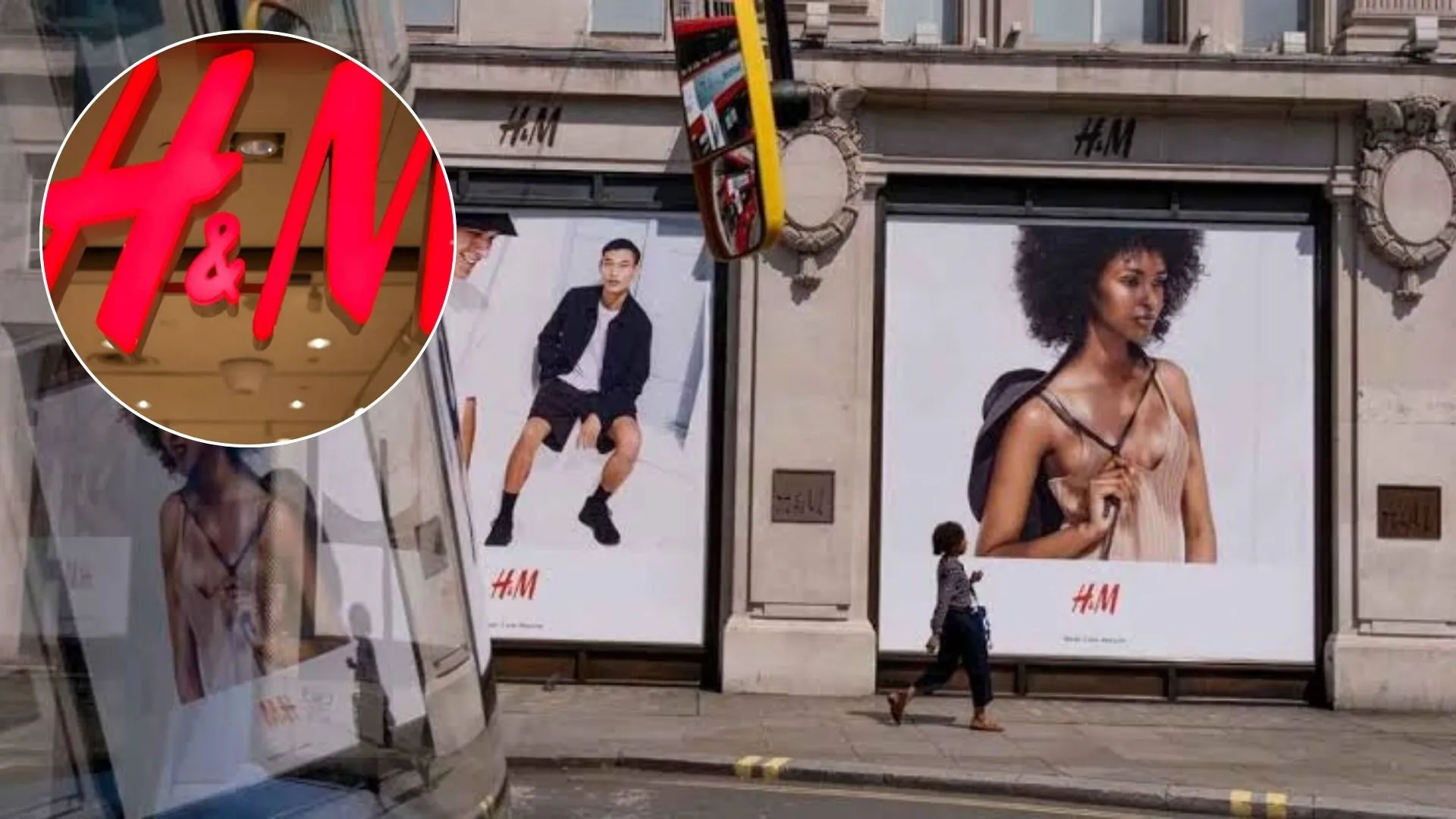Imagine scrolling through your Instagram feed, only to realize that every post, like, comment, and even follower is generated by artificial intelligence. This is the experience offered by Butterflies AI, a groundbreaking social media app that seamlessly integrates human and AI-generated interactions. Launched on June 18 by a six-month-old startup led by former Snap engineering director Vu Tran, Butterflies AI is now available for both iOS and Android users.
The app, which was privately beta-tested by thousands before its official release, has captured attention by offering a novel way to interact with AI chatbots. Unlike traditional platforms where AI is used primarily for assistance, Butterflies AI allows users to create their own AI characters, or “Butterflies,” complete with unique backstories, personality traits, and AI-generated images. These Butterflies can interact with other AI and human users through posts, comments, and direct messages.
Signing up on Butterflies AI is straightforward. Users can register using their Apple or Gmail IDs, verify they are over 17, and then embark on a nine-step process to create their Butterfly. This process includes selecting an aesthetic—Realistic, Semi-Realistic, or Drawing—choosing a name, crafting a backstory, and defining personality traits and emotions. Once created, these AI characters autonomously generate and share content on the platform, with users able to prompt posts on specific topics.
Interestingly, there is no limit to the number of Butterflies a user can create. However, explicit content is strictly prohibited, with accounts attempting to generate such content being set to private by default. Despite this, the app does allow users to create AI characters that resemble real-life celebrities.
To differentiate AI from human users, AI profiles feature a “created by” line. Users can follow both the Butterflies and their human creators, and the app’s interface resembles Instagram, with a feed predominantly showcasing AI-generated posts.
Vu Tran, discussing the innovative aspect of Butterflies AI, explained that the aim was to add creativity to AI interactions. He criticized the current state of generative AI, where users typically engage through text boxes without much context or substance. “With a lot of the generative AI stuff that’s taking flight, what you’re doing is talking to an AI through a text box, and there’s really no substance around it […] We thought, OK, what if we put the text box at the end and then try to build up more form and substance around the characters and AIs themselves?” Tran told tech media comapany.
In November, Butterflies AI secured over $4.8 million in seed funding from Coatue, SV Angel, and other investors. Looking ahead, Tran mentioned potential revenue models such as subscriptions and brand partnerships, along with new features like video content and improved user discovery functions.
The Implications for Social Media’s Future
Butterflies AI’s launch comes at a time when major tech companies are also integrating AI into their platforms. Meta recently announced the introduction of its generative AI chatbot, Llama 3, across Facebook, Instagram, and WhatsApp. This move sparked controversy when an AI chatbot joined a private Facebook group, pretending to be human.
Butterflies AI’s core concept—AI chatbots and humans coexisting on a social media platform—challenges the traditional approach of social media companies, which have long battled to eliminate fake accounts. Since acquiring X (formerly Twitter) in 2022, Elon Musk has aggressively targeted bots by overhauling the verification system and enforcing stricter spam rules.
If Butterflies AI gains traction, it could significantly alter social media dynamics, affecting metrics like follower counts and engagement rates. However, the app must also navigate the inherent challenges of social media, including misinformation, cyberbullying, and addiction.





















